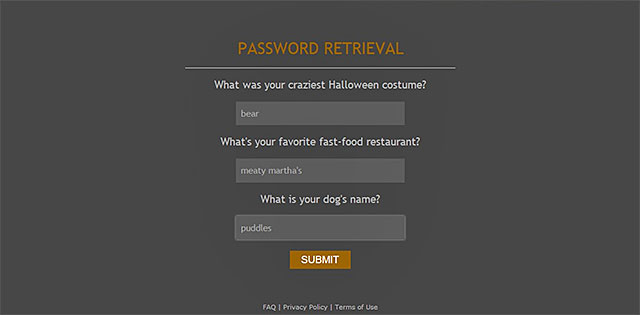

This season, we're offering a detailed look at how to teach the Black freedom struggle, or the US civil rights movement. To learn more about Learning for Justice and to meet our new director, visit us at. We're a production of the Southern Poverty Law Center's Learning for Justice project-formerly known as Teaching Tolerance. Hasan Kwame Jeffries: I'm Hasan Kwame Jeffries, and this is Teaching Hard History. The challenge for teachers is how to teach the past through the present, and how to teach the present through the past. The direct connection between the civil rights movement and the contemporary moment means that each era can be used as a point of entry for studying the other, providing students with valuable insights into the world they inherited and the one they inhabit.

The same need for historical context is true for a range of other obstacles that Black people face today-from police violence to segregated education, as well as for the strategies and tactics that Black people are using to challenge them. And to make sense of the Black response to them, you have to understand Black protest during the civil rights era. Hasan Kwame Jeffries: To make sense of these laws, you have to understand the form and function of Jim Crow 1.0. As written, they seem ostensibly colorblind, but their intent and impact is anything but race neutral. Not surprisingly, none of these laws mention race specifically because they can't. It is a part of a tidal wave of new voting restrictions and requirements designed to make it harder for Black people to vote, which Republican legislators across the country have introduced in the wake of the 2020 election. Hasan Kwame Jeffries: Georgia's new voting law is not an anomaly. To prevent further erosion of their power, they changed the rules for voting in order to suppress Black votes. Hasan Kwame Jeffries: So Republican lawmakers did what political conservatives have been doing since President Lyndon Johnson signed the 1965 Voting Rights Act. It was the result of a highly-effective, grassroots voter education and mobilization campaign that was several years in the making, and has shown no signs of letting up. Now the outcome of the election, that was no fluke. Georgians favored the Democratic presidential nominee, Joe Biden, by the narrowest margin, and chose Democrats Raphael Warnock and Jon Ossoff for the US Senate. Hasan Kwame Jeffries: The new law is a direct response to the 2020 election, which saw Georgia flip from Republican red to Democrat blue. And it authorizes the hyper-partisan, Republican-controlled legislature to overturn election results already certified by local officials. It makes it easier for election officials to disregard provisional ballots. It makes it a crime for anyone except for poll workers to hand out water to people waiting to vote. The new law eliminates mobile polling sites. It caps the number of ballot drop boxes a county can have, and requires that those boxes can only reside indoors. It moves the deadline for submitting absentee ballots from a few days before an election to several weeks earlier.

Hasan Kwame Jeffries: The legislation cuts the amount of time voters have to request an absentee ballot in half. The sweeping new measure makes it more difficult for African Americans and other likely Democratic voters to cast ballots. And they're calling it that for good reason. That's what people are calling Georgia's new voting law, which Republican Governor Brian Kemp signed into law on March 25, 2021. Learning for Justice: Student text Iesha Evans (grades K-2, 3-5, 6-8, 9-12).Learning for Justice: Student text, I Fit the Description… (grades 9-12).Learning for Justice: Lesson, The True History of Voting Rights (grades 6-8, 9-12).Learning for Justice: Article, Teaching About Mass Incarceration: From Conversation to Civic Action.Learning for Justice: Article, Why Teaching Black Lives Matters Matters.


 0 kommentar(er)
0 kommentar(er)
